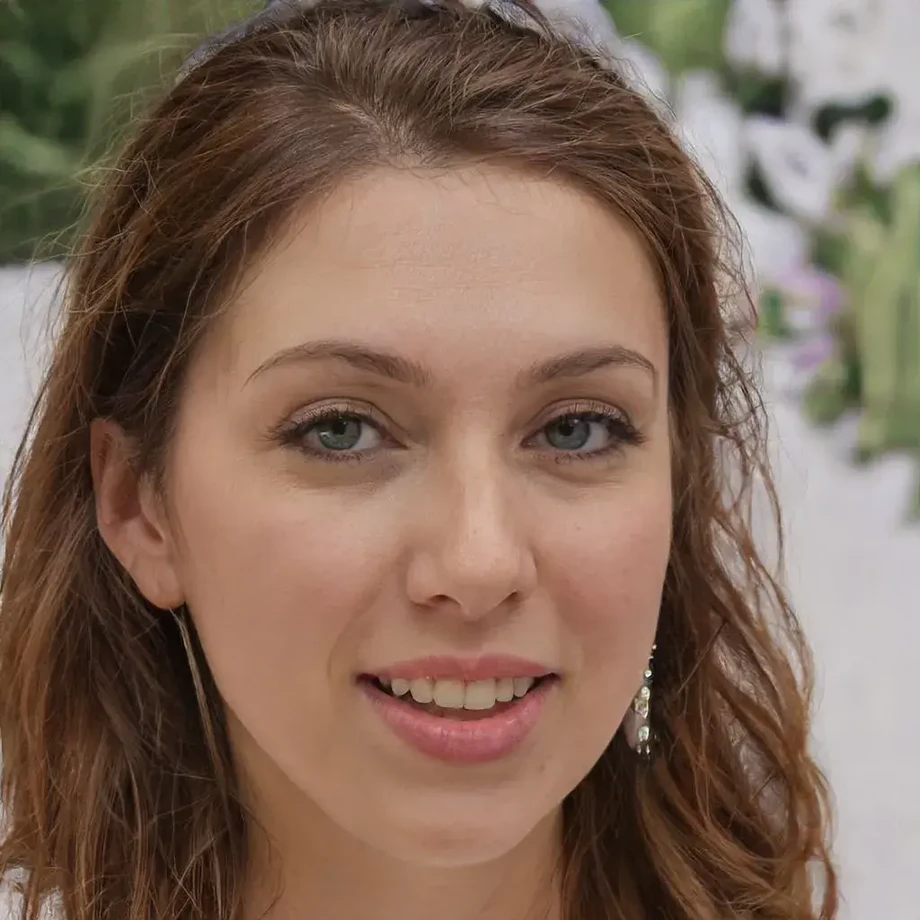Exploring the Art of Creating Unreal, Yet Believable Faces
In a digital era where innovation knows no bounds, technology continually reshapes our understanding of creativity and imagination. One such remarkable innovation is the Random Face Generator, a tool that unlocks a realm of unreal but incredibly convincing faces. These digital marvels, while not belonging to real individuals, have found applications across various domains, from entertainment to artificial intelligence.
The Enigma of Unreal Faces
Imagine conjuring a face from thin air, crafting features, expressions, and personalities without any human reference. This is precisely what a Random Face Generator does. It employs complex algorithms and machine learning techniques to generate entirely new faces that do not exist in reality. These faces are a blend of artistry and technology, resulting in a visual paradox—unreal yet strikingly lifelike.
The Artistry Behind the Algorithms
The Random Face Generator's magic lies in its algorithms, which meticulously piece together different facial components. These components include eyes, noses, mouths, hairstyles, and more. Each element is carefully designed to harmonize with others, producing a face that is aesthetically pleasing and coherent. The algorithms draw from a vast database of facial features, allowing for an infinite variety of outcomes.
A Playground for Creativity
One of the most remarkable aspects of the Random Face Generator is its versatility. It has become a playground for creative minds across industries. Here are a few areas where these generated faces have made their mark:
1. Entertainment and Media:
Character Design: Game developers and animators use generated faces to create unique characters for video games, films, and animations.
Casting: In the absence of real actors, generated faces have found roles in movies and commercials.
2. Art and Design:
Digital Art: Artists leverage these faces to explore the boundaries of digital art, creating surreal and captivating pieces.
Graphic Design: Generated faces are used in graphic design projects to add a touch of the extraordinary.
3. Identity Protection:
Anonymity: In some online platforms, users employ these faces to maintain anonymity while engaging in discussions or activities.
4. AI and Robotics:
Humanoids: AI-driven robots and virtual assistants are sometimes given generated faces to make them more relatable and approachable.
Ethical Considerations
While the Random Face Generator offers immense creative possibilities, it also raises ethical questions. The use of these faces in deceptive practices or deepfakes has sparked debates about privacy and misinformation. Striking a balance between innovation and responsible use is crucial as this technology continues to evolve.
The Future of Unreal Faces
As technology advances, so too will the capabilities of the Random Face Generator. Future iterations may offer even more realistic and customizable faces, blurring the line between the real and the unreal. This evolution is certain to lead to exciting developments in various fields, from entertainment and art to AI and beyond.
In conclusion, the Random Face Generator is a testament to human ingenuity and the ever-expanding horizons of technology. It demonstrates our ability to create beauty and intrigue from pure data. While these faces may not real person, they possess a unique charm and a promise of endless creative exploration. As we continue to unlock the secrets of the digital canvas, the world of unreal, yet convincing faces will undoubtedly remain a captivating source of inspiration and innovation.

Comments
Post a Comment